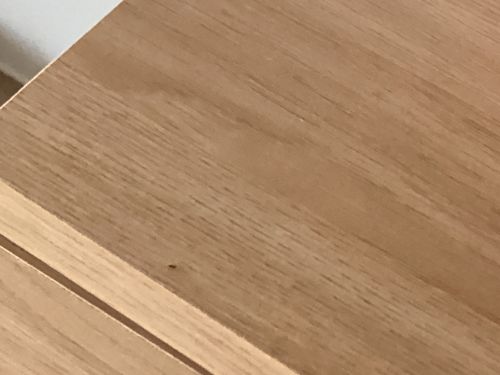Ant
Scientific Name: Formicidae
Order & Family: Hymenoptera, Formicidae
Size: Typically 2 to 25 mm (0.08 to 1 inch), depending on the species.

Natural Habitat
Ants are found in nearly all terrestrial habitats worldwide, from forests to deserts, and commonly in urban areas and homes, where they can build nests in soil, wood, or wall voids.
Diet & Feeding
Ant diets vary widely by species, including sugars, proteins, fats, seeds, fungi, other insects (both living and dead), and honeydew produced by aphids. They are opportunistic feeders.
Behavior Patterns
Ants are social insects living in organized colonies that can range from a few dozen to millions of individuals. They exhibit complex behaviors such as foraging, alarm signaling, advanced communication (chemical and tactile), division of labor (queens, workers, males), and nest building. Many species form trails when foraging for food.
Risks & Benefits
Risks include potential house pests (contaminating food, damaging wood (e.g., carpenter ants), and stinging (e.g., fire ants). Benefits include aerating soil, pollinating plants, preying on other insects (some species), and decomposing organic matter.
Identified on: 9/7/2025